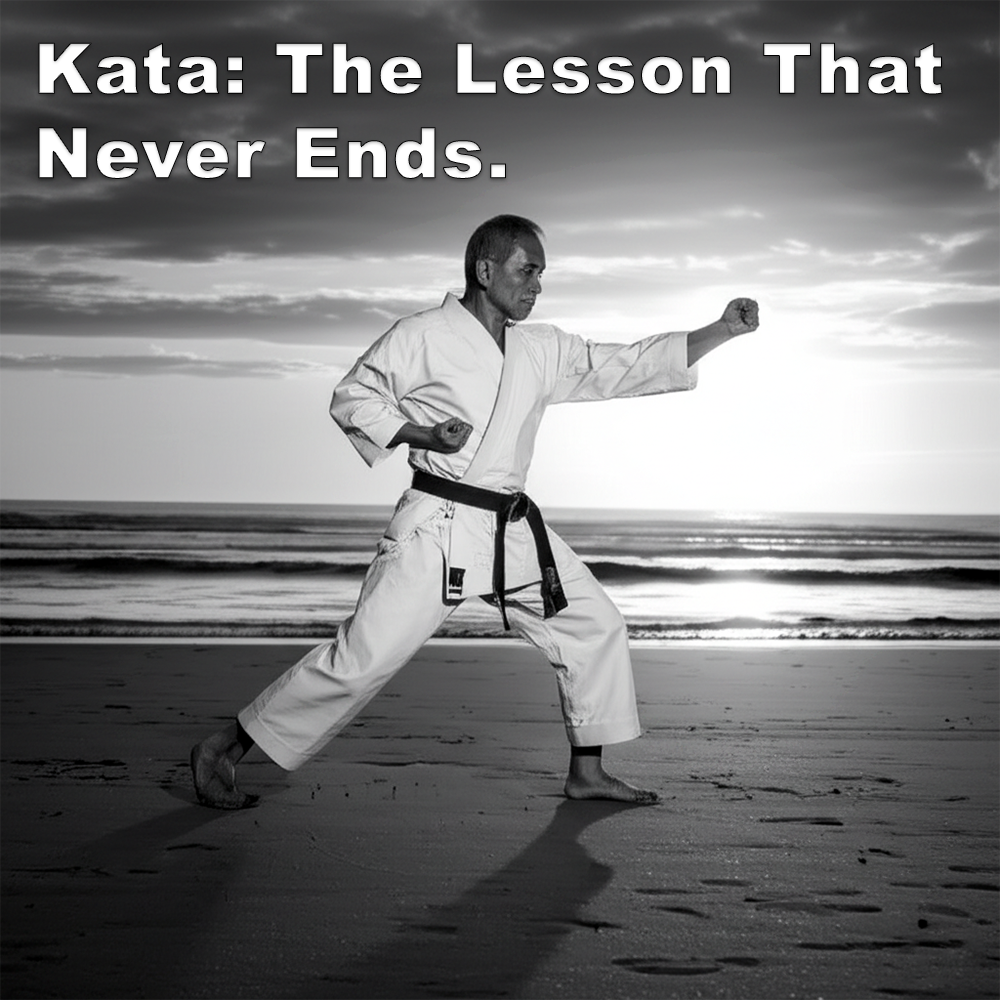
(Approx 1 minute 30 second read)
“If someone can touch you, they can hurt you. If they can hurt you, they can beat you – unless you do something about it.” – Anonymous
.
At their core, the martial arts are really very simple. It’s unfortunate that so many people make it more complicated than it needs to be. When I think about any form of fighting, I’m reminded of something that’s always held true: every technique has a counter. If someone knows what they’re doing, they’ll find a way around it.
.
This idea sits at the heart of traditional martial arts – especially when it comes to real violence. It’s why partner drills were developed. They weren’t just training tools – they were essential for testing and refining technique.
.
I’m not talking about modern step-kumite, where two people agree on the type of attack and defense beforehand. I mean where the method of attack is not a typical karate vs karate attack, often left out of the average karate class.
.
I write a lot about kata, but to be honest, in my early days of training I didn’t like it at all. Why? Because, like many people today, I didn’t understand it.
.
A lot of people criticize kata for the same reason – they don’t understand it. They watch someone perform it and assume that’s how you’re supposed to fight: moving from beginning to end in a fixed sequence of techniques.
.
Performances at tournaments don’t help either. They look impressive, but the two-person drills that kata came from – the real core – are far removed from what’s being shown.
.
It’s important to understand that the two-person drills came first. Over time, these drills were preserved into the solo form.
.
Kata is much more than just a series of techniques randomly strung together. It’s a record of experience, forged through contact. Every movement, every shape, reflects something that was tested and found to work.
.
But kata was never meant to teach us on its own. It’s a way to preserve what we’ve already understood through training with others. It’s not the beginning – it’s what remains after the lesson.
.
.
Written by Adam Carter
.
.
Inspired by Hanshi Patrick McCarthy
